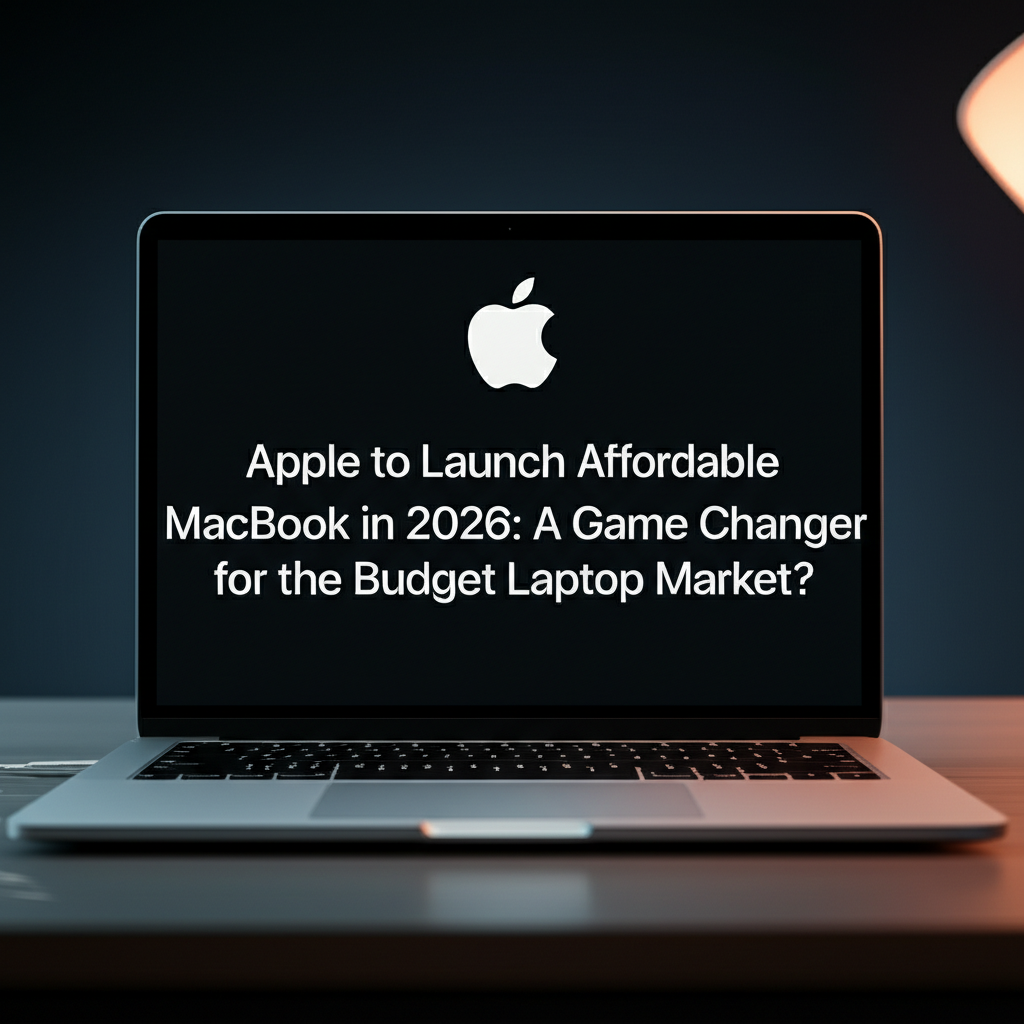
Excitement turns to disappointment for European tech enthusiasts as a highly anticipated new model remains unavailable in the EU, prompting questions about market strategies and regional challenges.
In the fast-paced world of technology, new product announcements often spark immediate global excitement. From innovative smartphones to groundbreaking wearables and productivity tools, the anticipation is palpable. However, for consumers in the European Union, this excitement can quickly turn into frustration when a highly sought-after new model launches elsewhere but remains conspicuously absent from their local markets. Why does this happen, and what's behind the delay?

A glimpse of the cutting-edge tech generating buzz globally.
Imagine the scenario: tech reviewers are raving, social media is abuzz, and your favorite online communities are discussing the incredible features of a brand-new device. You're ready to pre-order, perhaps even camp out for it, only to find that it's simply not available in your region. This is the reality for many European consumers eagerly awaiting the latest model that has already hit shelves in North America, Asia, or other key markets.
The EU market, with its vast consumer base and strong purchasing power, is undoubtedly a crucial battleground for any tech company. So, why the hold-up? The reasons are often complex, stemming from a combination of regulatory hurdles, logistical challenges, and strategic business decisions.

The European Union: a diverse market with unique challenges.
One of the most significant factors contributing to delays is the rigorous regulatory environment within the EU. Unlike a single country, the EU is a bloc of nations with harmonized, yet extensive, standards that every product must meet before being sold. These can include:
Each of these steps requires extensive testing, documentation, and sometimes even product modifications. Companies often prioritize larger, less complex markets for initial global launch, while working on EU compliance in parallel.

The feeling of being left out when a desired gadget isn't available.
For European consumers, these delays can be intensely frustrating. It often means either waiting months longer than their counterparts in other regions or resorting to expensive and often warranty-voiding grey market imports. This creates a sense of being a 'second-class' market, despite the collective economic power of the EU.
While the waiting game continues, the silver lining is that most major manufacturers eventually do bring their products to the EU. The hope is always that when the new model finally arrives, it will be a more polished, bug-free version, benefiting from the initial rollout in other regions. For now, European tech enthusiasts will continue to monitor news feeds and forums, hoping for that official announcement of availability.
Source: Information related to regional tech product availability, reported by Elissa Welle.
Image sources are from Unsplash (Photo by Mehebub Alam (use link https://unsplash.com/@akashkhanakm78) on Unsplash (https://unsplash.com/)).

Mehebub Alam
Author
Share this post:
11/9/2025
Stay up-to-date with the latest insights and news in technology and business.
By subscribing, you agree to our Terms and Privacy Policy.
Explore more articles from our blog.

Microsoft has announced that Halo Infinite will transition into maintenance mode later this month, a strategic move by 343 Industries to shift its focus towards the development of multiple new Halo games. This decision marks a significant turning point for the iconic sci-fi shooter series.

Best Buy's highly anticipated Black Friday Doorbuster sales continue with the release of 'Week 2' deals. Shoppers can now dive into a fresh wave of discounts across popular electronics, offering a prime opportunity to snag holiday gifts early and beat the rush.

Apple is reportedly gearing up to release a new, lower-cost MacBook in 2026, aiming to make its premium laptop experience more accessible and compete directly with the burgeoning market for budget-friendly notebooks, including Chromebooks. This strategic move could redefine Apple's presence in the education and mainstream computing sectors.